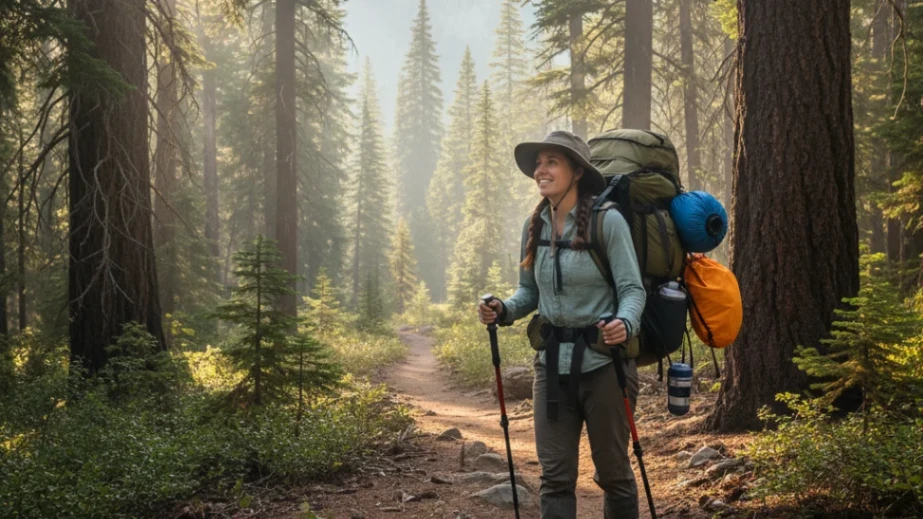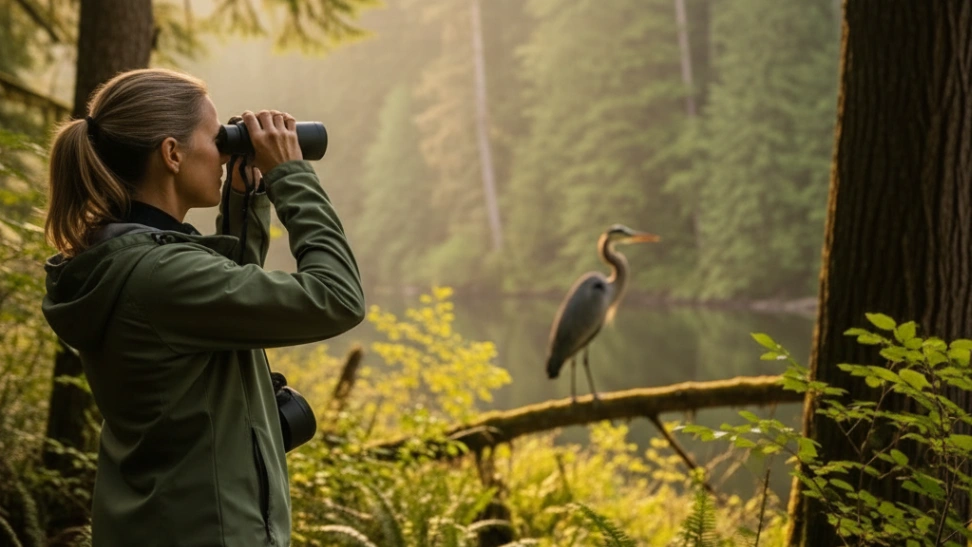Thru-hiking is more than just a long walk; it's a lifestyle adopted for months on end. Hikers typically cover between 15 to 30 miles a day, navigating diverse terrain that can range from desert scrublands and dense forests to high mountain passes and rocky coastlines. The physical demands are immense, requiring a high level of fitness, but the mental challenge is arguably even greater. Hikers must contend with solitude, bad weather, injuries, fatigue, and the constant pressure of limited resources. Gear selection is critical, prioritizing lightweight, durable, and functional equipment to minimize pack weight while ensuring safety and comfort. Resupply strategies involve mailing food packages to post offices along the trail or purchasing supplies in small towns, making efficient planning essential. The culture surrounding thru-hiking is unique, often characterized by a strong sense of community, mutual support, and a shared passion for the wilderness. Hikers frequently develop "trail families" with whom they share the journey, creating a network of companionship and encouragement that helps overcome the inevitable hardships.
The most famous thru-hikes in the United States are often referred to as the "Triple Crown": the Appalachian Trail (AT) stretching approximately 2,200 miles from Georgia to Maine, the Pacific Crest Trail (PCT) spanning about 2,650 miles from Mexico to Canada along the Sierra Nevada and Cascade mountain ranges, and the Continental Divide Trail (CDT) which is the longest and most challenging at around 3,100 miles, following the Rocky Mountains. Globally, other renowned trails include the Te Araroa in New Zealand, the Great Himalaya Trail, and sections of the Camino de Santiago in Europe, though the latter is often completed in shorter segments. Each trail offers a distinct landscape, climate, and set of challenges, attracting hikers with varying preferences and experience levels. The hiking community is generally inclusive and supportive, with online forums, social media groups, and local trail organizations providing invaluable resources for planning and advice. Trail angels—volunteers who offer rides, food, and shelter to hikers—are a cherished part of the culture, embodying the spirit of generosity and camaraderie. Hikers often adopt "trail names" which are nicknames given by fellow hikers, adding a playful and personal touch to their identity on the trail. This phenomenon creates a unique social dynamic where individuals shed their everyday personas and embrace a new identity shaped by their journey.
The concept of long-distance recreational hiking is relatively modern, gaining significant traction in the 20th century. The Appalachian Trail, conceived by forester Benton MacKaye in 1921 as a wilderness recreation area and a retreat from industrial life, is largely considered the genesis of modern thru-hiking. The trail was completed in 1937, and the first recorded thru-hike was accomplished by Earl Shaffer in 1948, who walked the entire AT in one continuous journey, somewhat controversially proving that such a feat was possible. His accomplishment inspired subsequent generations. The rise of environmental awareness and the establishment of national parks and wilderness areas in the mid-20th century further fueled interest in preserving and experiencing natural landscapes. The National Trails System Act of 1968 formalized the creation of national scenic and historic trails, leading to the development of the Pacific Crest Trail and the Continental Divide Trail, among others. These legislative acts provided the framework and protection necessary for the establishment and maintenance of the vast networks of trails we see today. The counter-culture movement of the 1960s and 70s also contributed to the growing popularity of extended backpacking, as individuals sought simpler, more authentic experiences away from mainstream society. In recent decades, with advancements in lightweight gear technology, improved access to information through the internet, and a surge in outdoor recreation, thru-hiking has experienced a significant boom, drawing a diverse array of participants from all walks of life seeking adventure, personal challenge, and a deeper connection with the natural world. This historical progression has cemented thru-hiking as an iconic and aspirational endeavor for many outdoor enthusiasts.
The benefits of thru-hiking extend far beyond physical fitness. It cultivates immense mental resilience, problem-solving skills, and a profound sense of accomplishment. Hikers often report enhanced self-confidence, a clearer perspective on life's priorities, and a deeper connection to the natural world. The simplicity of trail life, focusing on basic needs like food, water, and shelter, can be incredibly liberating from the complexities of modern society. However, the challenges are equally significant. Injuries such as blisters, sprains, and overuse syndromes are common. Encountering wildlife, navigating extreme weather, and dealing with isolation or unexpected emergencies are real risks that demand preparedness and caution. Financial commitment, while variable, can also be substantial when factoring in gear, resupply costs, and transportation. Moreover, re-entry into "normal" life after months on the trail can be a surprisingly difficult adjustment, often referred to as "post-trail depression" as hikers grapple with the loss of their simple, purpose-driven existence and the close-knit community they've formed. Despite these hurdles, the indelible memories, life lessons, and personal growth gained from a successful thru-hike often outweigh the difficulties, making it a truly transformative experience that shapes individuals long after their final steps.



